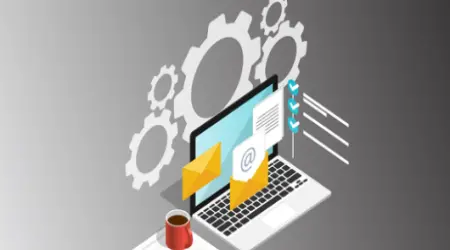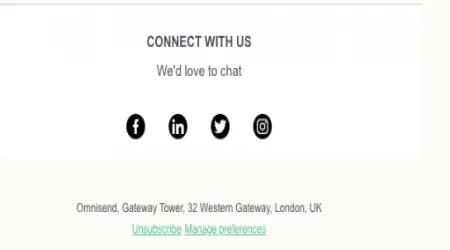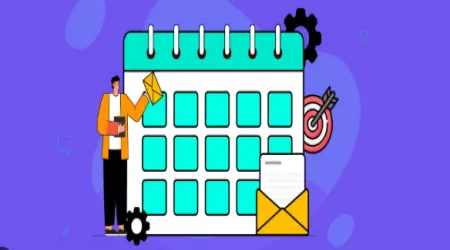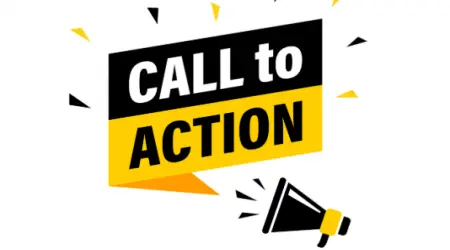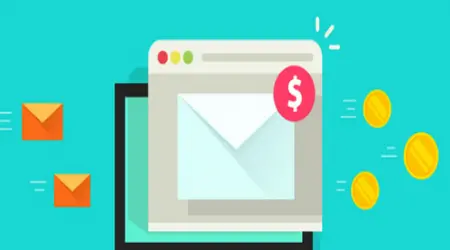
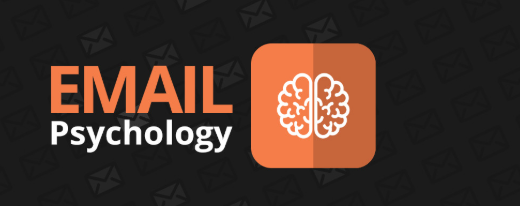
The Psychology Behind High-Performing Emails
The Psychology Behind High-Performing Emails
Ever wonder why some emails get opened, read, and clicked—while others are ignored?
It’s not just copywriting or design. It’s psychology.
The best-performing emails tap into how people think, feel, and make decisions. Understanding key psychological principles can help you craft messages that resonate, persuade, and convert.
This article explores the core psychological triggers and how to use them ethically in your email marketing strategy.
1. The Power of First Impressions
Humans form judgments within seconds.
Your subject line and preview text are the first impression—make them count.
Use clear, benefit-driven language
Create curiosity without being misleading
Match the tone and value promised in the body
Tip: Keep the tone warm and conversational to lower resistance.
2. The Principle of Reciprocity
People tend to return favors. When you offer free value—like a guide, checklist, or tip—you activate the reciprocity trigger.
Even if you don’t ask for anything immediately, you build goodwill.
Examples:
“Here’s a free template we made for you.”
“Thought this might help your [problem]…”
Generosity opens the door to future engagement.
3. Social Proof and the Herd Mentality
People trust what others like.
Including testimonials, case studies, subscriber counts, or “X people downloaded this” statements boosts credibility and drives action.
Use social proof in:
Welcome emails
Product launches
Abandoned cart follow-ups
Promotional campaigns
We like to follow the crowd—especially when the crowd looks happy.
4. Scarcity and Urgency
Fear of missing out (FOMO) is a real motivator. The scarcity principle says people value something more when it's limited in time or supply.
Examples:
“Only 3 spots left”
“Ends tonight at midnight”
“Last chance to grab this deal”
Be honest—don’t manufacture fake urgency. It erodes trust.
5. Anchoring: Set the Reference Point
Anchoring is when people rely heavily on the first piece of information they see.
Use this in pricing emails:
“Normally $199, now just $79”
“Compare to industry average of $500/month—ours starts at $97”
The anchor sets a mental benchmark, making your offer seem more valuable.
6. The Zeigarnik Effect: Unfinished Stories Stick
Humans remember incomplete tasks better than completed ones.
Use open loops in email sequences:
“Tomorrow, I’ll share the #1 mistake marketers make…”
“This is part 1 of a 3-part series.”
It keeps your emails sticky and your readers coming back for more.
7. Loss Aversion: Loss Feels Worse Than Gain
People are more motivated to avoid loss than to achieve gain.
Frame offers around what they'll miss out on if they don’t act.
Examples:
“Don’t lose your discount”
“Miss this, and you’ll wait 6 more months”
“Avoid wasting hours on outdated tools”
Use this carefully—pair it with genuine benefits.
8. The Foot-in-the-Door Technique
Start with a small request or low-barrier CTA (like clicking to read a blog post), then gradually move to a bigger one (like booking a call or buying).
This works because once people say “yes” to something small, they’re more likely to say “yes” again.
9. The Principle of Consistency
People like to act in ways that align with their previous actions and stated beliefs.
Remind subscribers what they’ve already shown interest in:
“Since you downloaded our webinar, we thought you’d love this case study.”
“Based on your clicks, here’s something just for you.”
It feels personalized and aligned with their identity.
10. Use Emotional Triggers
Emotions influence decisions more than logic.
Tap into:
Joy: “See how this tool saved Maria 10 hours a week”
Fear: “Are you making this costly mistake?”
Hope: “Start your journey to financial freedom”
Belonging: “Join 10,000+ members who trust us”
Avoid manipulation—be respectful and truthful.
11. Simplicity and Cognitive Ease
The brain prefers clarity over cleverness.
Emails that are easy to read and process perform better. Use:
Short paragraphs
Bullets
Clear CTAs
Clean layouts
The easier your message is to digest, the more likely it is to be acted on.
12. Repetition and Familiarity
We remember and trust what we’ve seen repeatedly.
Consistent:
Brand tone
Email cadence
CTA phrasing
Visual identity
Don’t change things too often. Build brand familiarity and comfort.
13. Mirror Neurons and Storytelling
When people read emotionally charged stories, their brains fire as if they were experiencing them firsthand.
Use customer stories, founder journeys, or relatable scenarios to tap into this empathy mechanism.
Stories convert better than features alone.
Final Thoughts: Use Psychology With Purpose
Psychological principles aren’t tricks—they’re tools for better communication.
When you use them ethically and authentically, you create deeper connections, higher engagement, and more effective email campaigns.
Great email marketing doesn’t just sell. It understands, connects, and respects the way people think.
